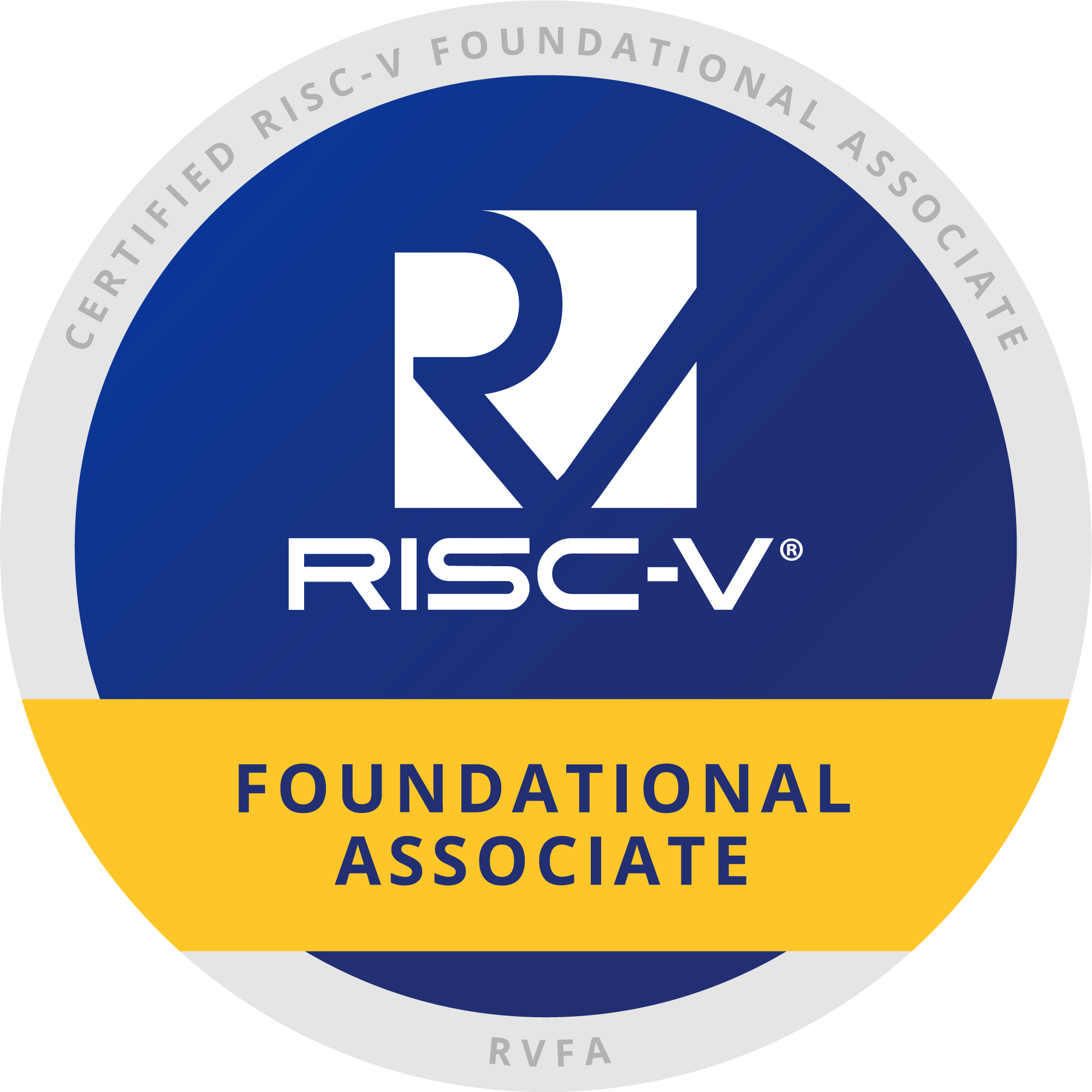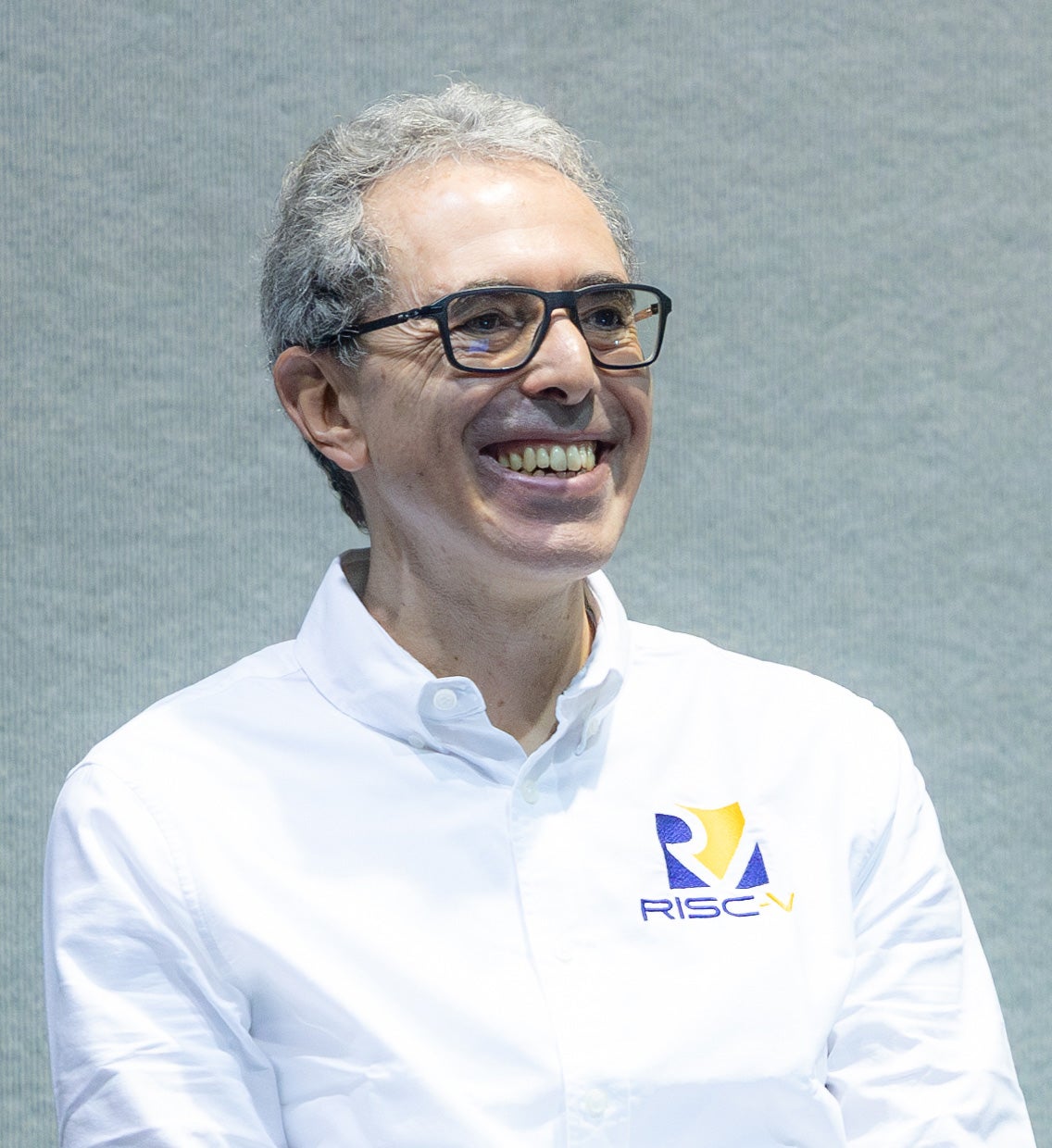
After decades of a highly successful, Arm-focused career, Andrea Gallo was ready to take his professional path in a new direction. While he was looking for both a change and a new challenge, he also wanted to leverage the experience and wisdom he had banked over the years.
Early Programming Introduction
Andrea’s interest in hardware and software development began as a teen when he fell in love with home minicomputers playing games on a Sinclair Spectrum. He taught himself Assembly from magazines and started writing his own games. Soon he was writing for programming magazines, publishing his first article at 16. Andrea’s education included classical studies like ancient Latin and Greek in high school, disciplines which he believes aided his programming skills. “It sounds crazy, but I think it helped develop my critical thinking skills, which enabled me, along with my more technical magazine and book reading, to learn programming in Assembly by myself, and become skilled at even very deep optimizations,” he said.
Starting with an Arm Focus
For the first several decades of his career, Andrea focused exclusively on Arm-based technologies. As a high school student, he was hired as a summer trainee at Acorn Computers in the UK to work on an ARM2 processor. After university, he got involved in hardware and software architectures and has been trying to optimize the hardware to solve the bottlenecks of software ever since. He was a Fellow at ST-Ericsson for smartphones and application processors and served as the first member representative in the Linaro Technical Steering Committee. He then worked at Linaro, holding multiple senior roles during his 12 years there.
Ready to Pivot
In late 2023, Andrea realized he was ready for a career pivot. When he started thinking about his future, RISC-V had always been at the top of his list. As fate would have it, his idea of the perfect job had just opened at RISC-V International. The only problem was that, from a substantive perspective, he knew next to nothing about RISC-V.
During his job interview he explained, “Because of the overlap in some areas of our industry between Arm and RISC-V, I had always felt a little uncomfortable with the idea of devoting serious time to learning about RISC-V in detail.” He committed to taking some of RISC-V International’s courses and earning his RISC-V Foundational Associate (RVFA) certification to show his commitment and a willingness to quickly get up to speed for the role.
He started preparing during the multi-week interview process studying the official RISC-V technical documentation. He also completed the free RISC-V course, Building a RISC-V CPU Core, which took him a couple of weeks. After completing RISC-V Fundamentals and some additional studying he successfully earned his RVFA shortly after starting his new role as Vice President of Technology at RISC-V International.
The Value of RVFA
Andrea considers the RISC-V courses he has taken and the certification he’s earned as essential to success in his role. Not only have they added to his professional expertise, but they have also enabled him to “walk the walk” with participants at industry events and in the organization’s technical working group meetings.
He firmly believes that software engineers should take Building a RISC-V CPU Core and earn their RVFA. “Every software engineer should take this course and earn their RVFA certification. They will have hardware engineers clapping in support, saying ‘now they’ll understand our pain points’ — which is part of the friendly rivalry between the software and hardware engineering worlds,” said Andrea. “And every hardware engineer should get their RVFA as well to help them expand beyond their ‘domain of expertise.’”
As he embraces his new role and the RISC-V Community, Andrea looks forward to continuing to learn about RISC-V by taking more of the many courses, most of which are free, offered by RISC-V International and Linux Foundation Education. The courses include:

Closing the Loop
In the months since he entered the RISC-V ecosystem, Andrea has been thinking about an article from 1985, which he photocopied in 1987. At the time he was a summer trainee working on the very first Arm processor. The article, written by one of the chief architects at Arm, noted Arm chief architects were inspired by Dave Patterson at Berkeley University, CA, USA. Andrea said,

Andrea (left) with UC Berkeley Prof. Emeritus Dave Patterson at the 2024 RISC-V Summit North America
“Patterson was the professor that Krste Asanović, RISC-V International Chief Architect, worked with. So I was at Arm (at the time it was called Acorn Computers) and I read about RISC, Dave Patterson and Berkeley,” said Andrea, “and now I’m working with these legends! So you can say that getting to work at RISC-V has brought me full circle. This is my dream job.”




